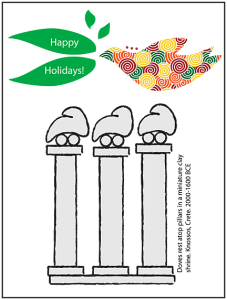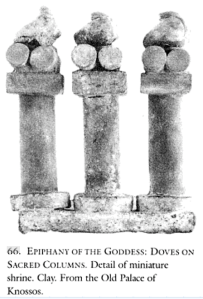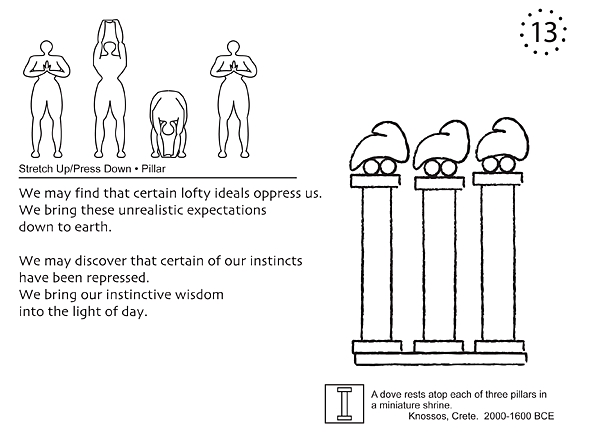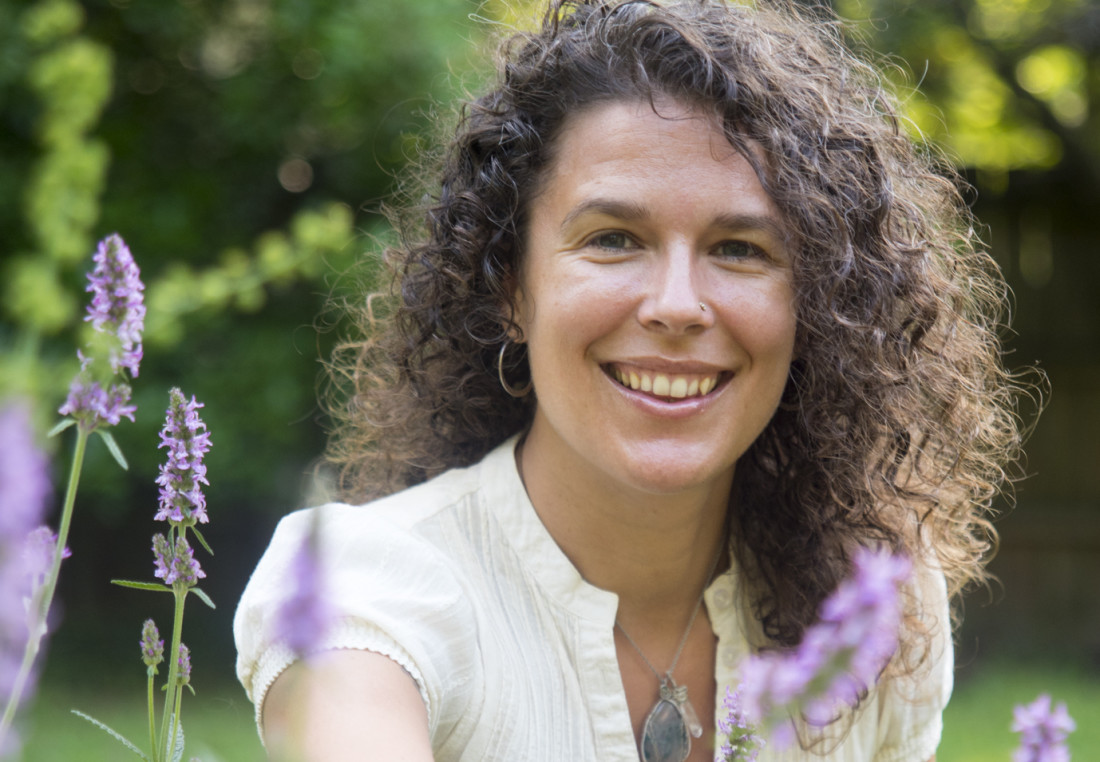 Every year, it seems, I'm bewildered by all the fuss about Christmas. And every year I eventually rediscover, or revive, a meaning for the season.
Every year, it seems, I'm bewildered by all the fuss about Christmas. And every year I eventually rediscover, or revive, a meaning for the season.
This year, as in other years, it's happened a day or two before December 25, and now I'm scrambling to join the Christmas cheer. This is the story...
I'd recently finished reading Margaret Starbird's Magdalene's Lost Legacy: Symbolic Numbers and the Sacred Union in Christianity. Another of her books about Mary Magdalene, The Woman with the Alabaster Jar: Mary Magdalen and the Holy Grail, was a major inspiration when I was writing The Woman's Belly Book, so intrigue led me to read more of her work.
In Magdalene's Lost Legacy, Starbird presents the system of number-coding called gematria, how it figured in the writings of early Christians, and what it means for understanding Mary Magdalene and the return of the Sacred Feminine to Western culture.
These subjects are, of course, intricate and deep. Here's how I've rolled them into this year's Christmas card — and how they've spiralled into the Source Energy, the pro-creative power, dwelling within our body's center:
•
What's gematria? The way I'm understanding it, gematria is an ancient practice that links mind to spirit by relating letters to the vast significance of number.
Greek and Hebrew alphabets imbue each letter with a numerical value. Summing the numbers assigned to each of the letters in a word reveals another number, another dimension of meaning, another connection to human experience. The Greek word for “dove” is peristera, written περιστερα, with these numerical values:

These Greek letters spelling “dove” add to 801. The number 800 corresponds to the Greek omega (Ω); the number one corresponds to alpha (α). With gematria of 801, the dove is the “Alpha and Omega,” the unity of beginning and end. Reaching from first to last, it is completion, fulfillment.
What's more, the sum of the numerals comprising 801 is 9, a trinity of threes, the epitome of three. Three carries the significance of the circle, the unconditional acceptance that encompasses both this and that. Three enfolds dualities into one wholeness: the Sacred Marriage yields the Divine Child.
For the early Greeks, the dove signalled the presence of Aphrodite, embodiment of love and beauty — she who brings life, death, and peace to the world. Early Christians understood the dove to signify Sophia, Holy Wisdom; they later adopted the dove as sign of the Holy Spirit.
The gematria of “Holy Spirit” (το αγιον πνευμα) is 1080. That same number, its numerals adding to nine, is the measure of the moon‘s radius in miles. Given numbers one, eight, and nine, gematria links Holy Spirit with moon, goddess, Sophia, the feminine — and with the dove.
In this light, the dove (801) coming to rest upon Jesus’ shoulder at his baptism in the River Jordan heralds the descent of the Holy Spirit (1080) — Sophia — into his nature. Indeed, early Gnostic Christians understood Sophia to be incarnate in the dove sparking Mary’s pro-creative power to birth Jesus as the child of Holy Wisdom.
•
Pro-creative power, yes.
That's what more or less fits into a Christmas greeting. For the illustration, I filled the dove with a pattern of Chinese spirals and sent her flying over a shrine in which doves perch atop three pillars. This miniature clay shrine, found in Knossos, Crete, dates to 2000 years before the birth of Jesus.
What about those pillars?
As the Rite for Reconsecrating Our Womanhood was developing, I called number 13 in this sequence of belly-energizing exercises "Stretch Up/Press Down," describing its way of tracing a vertical axis.
As I did with each of the 23 moves in the sequence, I paired this gesture with an ancient artifact conveying a sense of the Sacred Feminine. In this case, I paired the move with an image of pillar, recalling Sophia's "pillars of wisdom":
Wisdom has built her house,
She has hewn out her seven pillars...
— Proverbs 9:1
I made a clay replica of the three-pillar shrine presented in Elinor Gadon's The Once and Future Goddess. (For more detail, see the color photograph of the original, displayed at Greece's Heraklion Archaeological Museum, here.) I also sketched the shrine as a line drawing.


Incorporating that sketch, the Rite for Reconsecrating Our Womanhood shows Stretch Up/Press Down as a gesture of affirmation: As we let go of preconceptions and expectations, we can attune more nearly to our inner wisdom, to Sophia:

Still, pillars are powerful phallic emblems, and doves perched upon pillars show us something about the Sacred Marriage.
Indeed, there's a lot of Sacred Marriage going on this season:
The shaft of light at the dawn of winter solstice penetrating deep into the dark of Neolithic earthworks such as the tomb at Newgrange, County Meath, Ireland. The Hebrew Shekinha — the word's Semitic root refers to birds nesting — partnering Yahweh. The virgin Mary partnering Deus. The prelude to Mary Magdalene, understood by early Gnostic Christians as an incarnation of Sophia, partnering Jesus.
Maybe next year I'll be writing a post titled "Sex and the Santa Claus."
 It's been three — and thirty — years in the making.
It's been three — and thirty — years in the making.



 Every year, it seems, I'm bewildered by all the fuss about Christmas. And every year I eventually rediscover, or revive, a meaning for the season.
Every year, it seems, I'm bewildered by all the fuss about Christmas. And every year I eventually rediscover, or revive, a meaning for the season.



 Recently I saw
Recently I saw 














